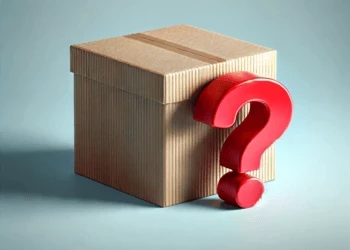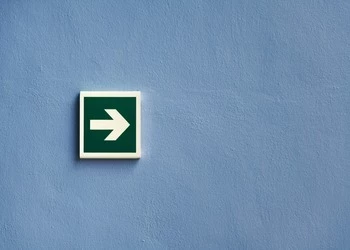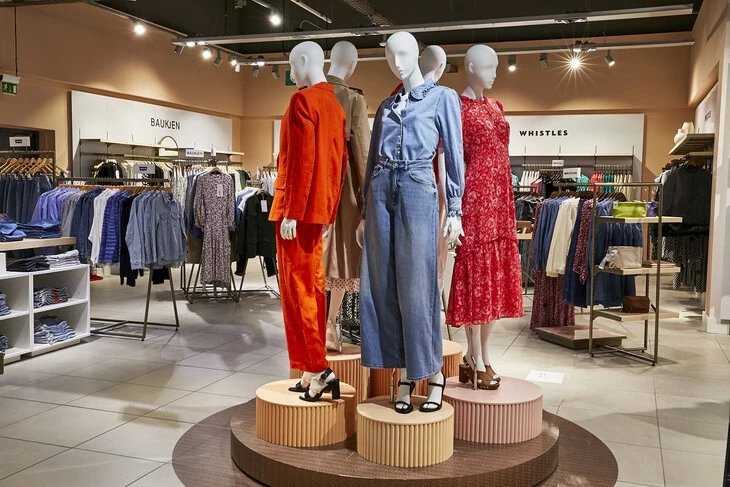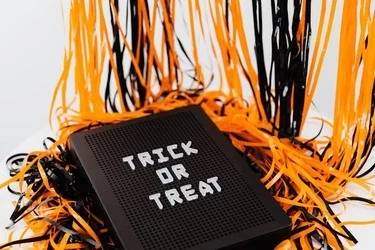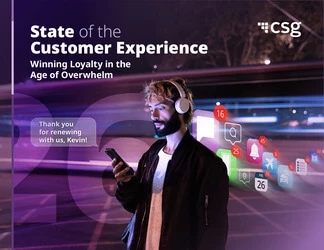Under pressure: Safeguarding CX in a downturn
CX authority Shep Hyken shares his advice on how brands can safeguard CX standards in the face of financial pressures
Add bookmark
Around the world, inflation is reshaping economies and business - and it is causing new pressures for CX.
The question for many organizations in the current trading climate is how to ensure their CX strategy does not become a casualty of the times.
Speaking to CX Network, Shep Hyken, chief amazement officer at Shepard Presentations, says: “Customer expectations are not going to change in relation to the experience they have received in the past, that it is really important to understand. If anything, when times are scary and times are tighter, their expectations might even rise in certain areas.”
The obvious exception to this trend occurred during the Covid-19 pandemic, when customers were far more willing to excuse subpar service, because as Hyken puts it, “they knew everybody in the world was struggling”. Today, things are not so simple and once again, bad service costs business.
In Hyken’s 2022 Achieving Customer Amazement Study, 74 percent of more than 1,000 surveyed consumers said they would switch to a competitor brand or company if they found it provided a better CX.
As the graph below demonstrates, expectations and priorities on a number of key areas have both risen when compared with last year.

Source: Achieving Customer Amazement Study 2022, Hyken.com
How to managing changing customer expectations
For customer-facing organizations the trends demonstrated in the graph above present a new challenge around how to provide competitive CX while overcoming their own constraints around supply chains, staffing, budgets and other areas.
If something is not available a cut will have to be made, whether that is to service, availability, or any other operational factor. This part is unavoidable, but what can be controlled is the how and when of executing the cut.
“It is very easy, if done the right way, to train the customer on a new expectation – but only if it is done right,” Hyken explains.
It is important to note that new expectations are simply different expectations, and Hyken cites a number of examples of organizations “training” their customers to do, or expect, something different.
Delta Airlines was a first mover in the online reservation space and as such had to guide its customers on how to use the new digital platforms. Now, this process is second nature to millions around the world and an expectation in itself.
In hospitality, restaurants sometimes open at half capacity or remove items from their menus to maintain the same experience – and quality – with fewer resources. This can be a huge CX hurdle for customers who cannot make a reservation, or who want to enjoy a certain dish. But for the restaurant it simply means communication is more important than ever.
Hyken says: “Oftentimes nothing more than a very clear explanation is needed as to why things are the way they are.”
That said, there are certain elements of the brand experience that should never be cut.
“We should not cut in places the customer is going to notice. We need to properly train our employees on how to explain to the customer the ‘why’ behind a change we might make, particularly one that will be noticeable,” Hyken continues.
Key examples in this area include housekeeping, cleaning or facilities maintenance.
Creating emotional connections with customers
With belts tightened across the board, customers are also looking for value adds in their experiences and purchases. It could easily become a point of friction between the customer and company as both see their costs rise. However, Hyken says there are several ways to meet this CX demand without breaking the bank.
“We have great opportunities with technology to stay in touch with customers, but we don’t want to do for marketing purposes or selling a product or a service to them,” Hyken says.
Instead, brand communication today is based on a sense of connection rather than commerce.
Think the Nike Run Club, Harley Owners Group or the recently unveiled Ikea Family.
These communities build loyalty and the most successful stray into fandom. Crucially they require little more than an email campaign and a team of great copywriters to get started. A social cause can also help.
Many organizations today nurture their community through a loyalty program and why shouldn’t they. It adds value, reignites the emotional connection and prompts the customer journey to increase sales.
Although the loyalty program is a mainstay of CX, however, Hyken says many organizations mistake repeat business for loyalty.
He explains: “Loyalty is an emotion that connects a customer to the company and makes them want to do business with that company. I often ask my clients, if you take away the points and the perks, will customers still turn to your company or shop around for alternatives?”
For Hyken loyalty is built on the consistent delivery of high-quality experiences, the “confidence and trust that the experience is going to be the one I like every single time”.
“Loyalty is not about a lifetime; it is about the next time. We want to be so good that the emotional connection that a customer has with us is more than a perk. We want them to love our people and love our experience,” Hyken continues.
The good news is this means those without a loyalty program can still foster and leverage an emotional connection without the associated multi-million-dollar software investments. They can do so simply by building community and providing an experience their customers can depend on.
He concludes: “I predict that within six months, maybe a little longer but hopefully less, we are going to be getting things back to normal and I hope this conversation will be a history lesson on how to survive tough economic times.”
CX Network has more on this topic in the webinar How to overcome customer service challenges in a downturn, taking place online on 25 August. To register, click here.













